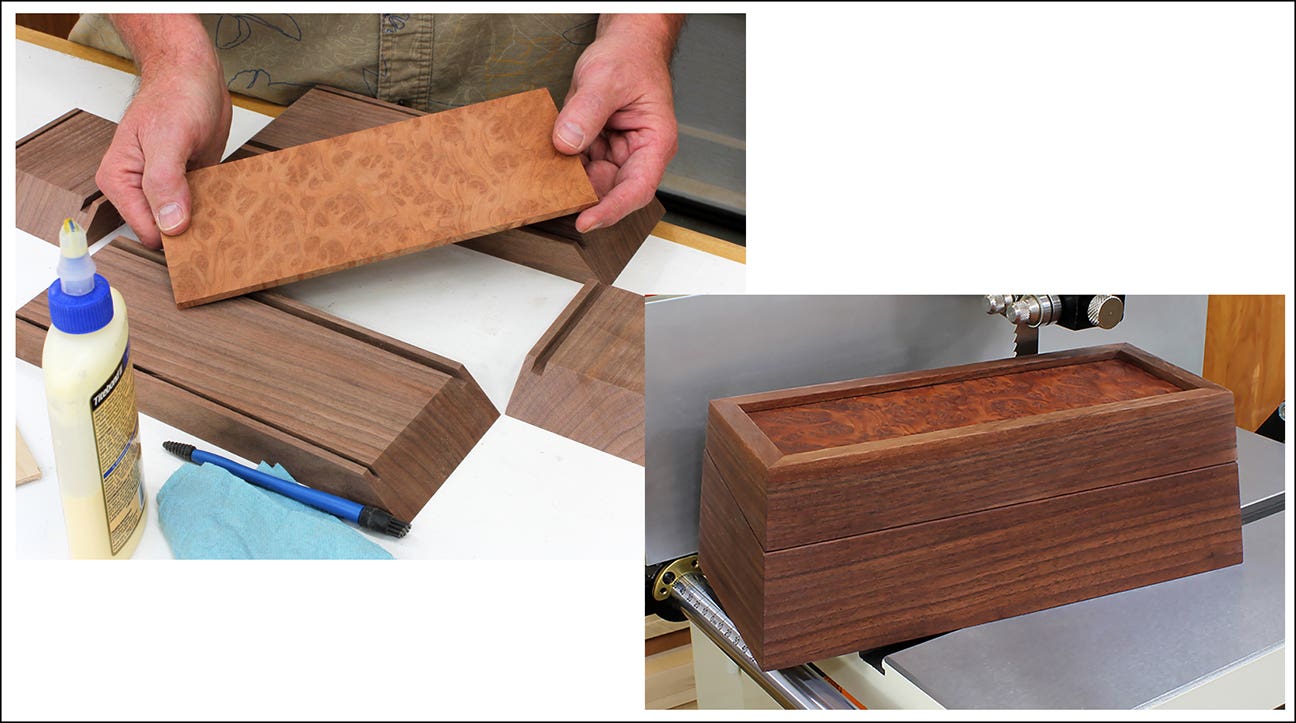EPA throws the baby out with the bathwater
The EPA issued a proposed rule on Jan. 12 that would ban or restrict the use of methylene chloride and n-methylpyrrolidone in paint and coating removers for most consumer and…
The EPA issued a proposed rule on Jan. 12 that would ban or restrict the use of methylene chloride and n-methylpyrrolidone in paint and coating removers for most consumer and commercial applications. Interestingly, this rule doesn’t apply to professional refinishing shops, though the EPA said they would revisit this exemption as they gather more information.
I suspect the EPA concluded that eliminating these two stripping solvents would unreasonably burden these shops. Nevertheless, the agency did propose that container sizes less than 55-gallon drums be eliminated (with some discussion to reduce this to 30 gallons), which would have the practical effect of excluding smaller shops.
You can find the 277-page rule from several websites by searching “Federal Register notice methylene chloride and n-methylpyrrolidone.”
Methylene chloride
Methylene chloride, sometimes called dichloromethane, is the strongest and fastest-acting solvent used in paint and coating removers. It’s not a friendly solvent. Excessive exposure to the vapor can cause temporary damage to the central nervous system that leads to irritability, drowsiness, confusion and a tingling sensation in fingers and toes.
More worrisome, the vapor can also be absorbed into the bloodstream and replace some oxygen with carbon monoxide, which can cause a heart attack in people with heart problems. If splashed onto skin or into eyes, methylene chloride causes a burning sensation (which can be relieved by washing with clean water).
There’s no question that you should protect yourself by wearing thick gloves, a long-sleeved shirt, eye shields and working with adequate cross ventilation or outside when using a methylene-chloride stripper. Organic-vapor respirator masks are not very effective against methylene chloride because the molecule is very small and penetrates the filter.
But these aren’t the issues the EPA was addressing in its proposed ruling. The EPA and other regulatory agencies have claimed for at least 25 years that methylene chloride is a suspected carcinogen, that it causes cancer. The claim began after a study was published in 1986 that concluded laboratory mice developed cancer when exposed to very high doses of methylene chloride for six hours per day, five days a week, over most of their lives.
The claim ignores at least four large human studies between 1946 and 1994 involving four major companies and 6,000 employees exposed over their working lifetimes to varying concentrations of methylene chloride vapor all day long, every working day.
No evidence was found in these studies to indicate a higher risk of cancer from exposure to methylene chloride and there are no comparable studies elsewhere that I know of that do show a link. In other words, while it is known that methylene chloride can cause malignant tumors in laboratory mice, there’s no evidence methylene chloride causes the same in humans.
In the EPA’s defense, it’s fairly standard practice to extrapolate from mouse studies to humans but, in the case of methylene chloride, further research has shown that mice metabolize the solvent differently than humans through a different pathway. Using mouse studies to establish rulings banning methylene chloride is not conclusive.
The 1991 conference
In February 1991, I had the opportunity to attend a two-day conference in Washington, D.C., sponsored by the EPA, OSHA, the U.S. Consumer Product Safety Commission and other governmental health and safety agencies. The event was arranged to get feedback from the “stripping” industry in an attempt to find a replacement solvent for methylene chloride.
Attending were more than 200 people from all levels of the industry, from raw materials and equipment manufacturers to stripper suppliers to small-shop refinishers to consumer representatives. There were more than 50 presentations, many in smaller settings. A book with all these presentations was published at the end. The conference made a big impression on me.
I had been refinishing furniture for 15 years at that point. I think I had a pretty good grasp of strippers and their use. What I came away with was that methylene chloride wasn’t harmful when used in the proper conditions and that there wasn’t any adequate replacement solvent. But the representatives from these government agencies didn’t seem to be listening to anything that was being said. It seemed to me that they were intent on banning methylene chloride anyway.
No ban followed, but all the talk, plus a growing consumer rejection of smelly solvents, created a market for alternative strippers. Most were based on n-methylpyrrolidone (NMP), some on dibasic esters (dimethyl adipate and dimethyl glutarate) and benzyl alcohol.
OSHA steps in
Skip ahead to the late 1990s and the regulators were at it again. This time it was OSHA leading the way with a ruling that refinishing shops would be required to limit employee exposure to methylene chloride vapors from 500 parts per million (ppm) to 25 ppm averaged over an eight-hour day. Again, the reason given was that methylene chloride was a suspected carcinogen.
At the time I was writing for Professional Refinishing magazine, the refinisher’s trade magazine. OSHA’s position was obviously a really big issue for us and we published many articles, some of which pushed back and others suggesting ways to work within the new guidelines.
One of the ways, of course, was to install much better air-moving equipment. But this was quite expensive, so some shops switched to NMP. This wasn’t a new solvent, but until the 1990s it hadn’t been used for stripping because it is much slower acting and evaporating than methylene chloride and also more expensive.
The problem was that NMP had some known health problems — primarily that it caused reproductive problems in some women exposed to it. In my experience this was not discussed much, and, in fact, strippers based on NMP were by then widely available in plastic containers in paint stores and home centers as alternatives to methylene chloride.
Given enough time, NMP and the other substitute solvents work well enough for removing coatings, but manufacturers exaggerated the speed considerably (to compete with methylene chloride) and this had the result that these alternatives got the reputation for “not working.”
Another problem with these alternative solvents (not including NMP) that isn’t mentioned often is that they are combined with a lot of water. Water kept in contact with veneer long enough for these strippers to work (sometimes overnight) lifts veneer.
Where we are now
I’ve followed the tug-of-war between regulatory agencies and the producers, suppliers and users of methylene chloride strippers for 25 years and I’ve been fairly directly involved twice during that time. I haven’t seen any convincing evidence from these agencies or anyone else that methylene chloride causes cancer in humans — and lots of evidence that it doesn’t.
On the other hand, the evidence is clear that NMP causes reproductive problems in women.
So the effect of the regulatory agencies devoting so much time and energy to banning methylene chloride has been the introduction and widespread use of a substitute solvent that is known to create severe health problems.
The EPA now seems to be trying to correct this situation by simply proposing a ban on both solvents for most situations.
Bob Flexner is author of “Understanding Wood Finishing” and “Wood Finishing 101.”
This article originally appeared in the March 2017 issue.






